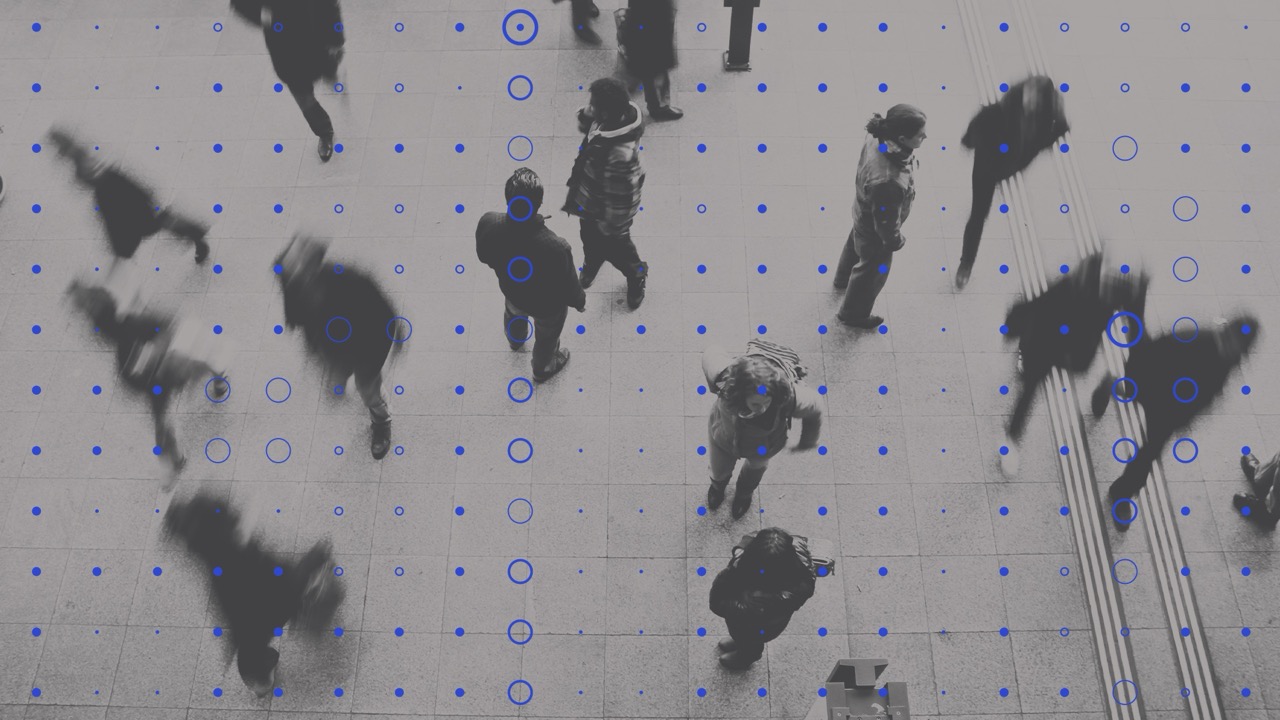


In early 2020, the response to the SARS-CoV-2 pandemic focused on non-pharmaceutical interventions, some of which aimed to reduce transmission by changing mixing patterns between people. Aggregated location data from mobile phones are an important source of real-time information about human mobility on a population level, but the degree to which these mobility metrics capture the relevant contact patterns of individuals at risk of transmitting SARS-CoV-2 is not clear. In this study we describe changes in the relationship between mobile phone data and SARS-CoV-2 transmission in the USA.